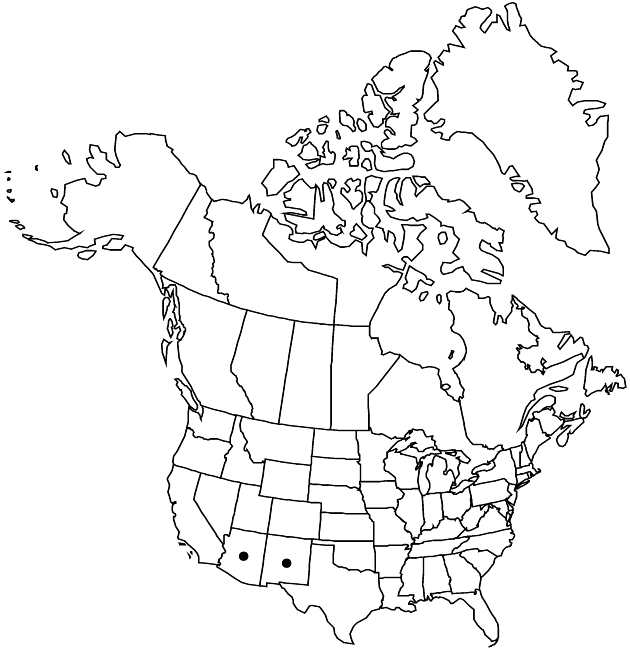Hymenoxys bigelovii
Madroño 10: 159. 1950.
Perennials, 20–70 cm (polycarpic, often with sparingly branched, woody caudices). Stems 1–5, green throughout or purple-red-tinted distally to throughout, usually unbranched distally, ± hairy (often tomentose proximally). Leaves: blades usually simple, rarely lobed (lobes 3), glabrous or ± hairy, eglandular or sparsely gland-dotted (basal leaf bases ± long-villous-woolly); mid leaves usually simple, rarely lobed (lobes 3, terminal lobes 1.5–3 mm wide). Heads 1–5 per plant, usually borne singly, sometimes in paniculiform arrays. Peduncles (1.5–)6–20(–29) cm, ± hairy, densely tomentose distally near involucres. Involucres hemispheric to broadly campanulate, 13–20 × 23–32 mm. Phyllaries in 2 series, unequal; outer 13–19, basally connate only slightly to 1/5 their lengths, lanceolate to narrowly lanceolate to obovate to oblanceolate, 7–11 mm, apices acuminate to acute; inner 13–18, narrowly lanceolate to oblanceolate, 8.5–12.6 mm, apices aristate. Ray florets 13–15; corollas yellow, 13–26 × 5.4–9.5 mm. Disc florets 100–250+; corollas 5.7–7.4 mm. Cypselae narrowly obpyramidal, 4.2–4.7 mm; pappi of 9–11(–15) obovate to oblanceolate, often aristate scales 4.7–7.3 mm. 2n = 30.
Phenology: Flowering May–Jun.
Habitat: Roadsides, edges of juniper-pine and pine forests
Elevation: 1300–2500 m
Discussion
Selected References
None.
